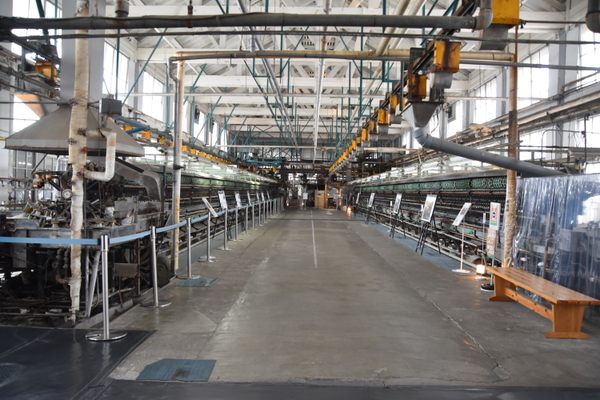About
This building was designed to serve as a courthouse, prison, and sometimes a place of public discipline, if not capital punishment. The Kirkcudbright Tolbooth, which was constructed near the beginning of the 1600s, was one such structure—one found in many prosperous towns throughout Scotland.
Of course, the Kirkcudbright tolbooth wasn't without its fair share of infamous inmates. Espeth Mckewan was accused of witchcraft in 1698 and John Paul Jones, one of the original founders of the United States. Navy was held here in 1770 for attempted murder before being released on bail and departing to fight in the American Revolution.
The tolbooth was one of the few establishments to have a female jailer. Margret Miller took over the position from her deceased husband. One of the methods at her disposal to penalize her captives was banishment to the Australian colonies. Other punishments included the whipping post and the pillory, or a joug, a type of iron collar.
Another feature located outside the entrance to the building is an 18th-century drinking well with two ornate metal sundial water spouts. A plaque over the watering hole reads:
"This fount, not riches, life supplies,
Art gives what nature here denies;
Posterity must surely bless,
Saint Cuthbert's sons who purchased this.
Water introduced 23 March 1763."
In 1993, Queen Elizabeth II opened the refurbished building to great fanfare and delight. Today, the multi-storied structure serves as a local museum.
Related Tags
Know Before You Go
Admission into the building is free. The building is handicapped-accessible.
Flavors of Scotland: Beyond the Haggis
Smoked seafood, single malt whisky, and warm hospitality.
Book NowCommunity Contributors
Added By
Published
May 6, 2022

















































